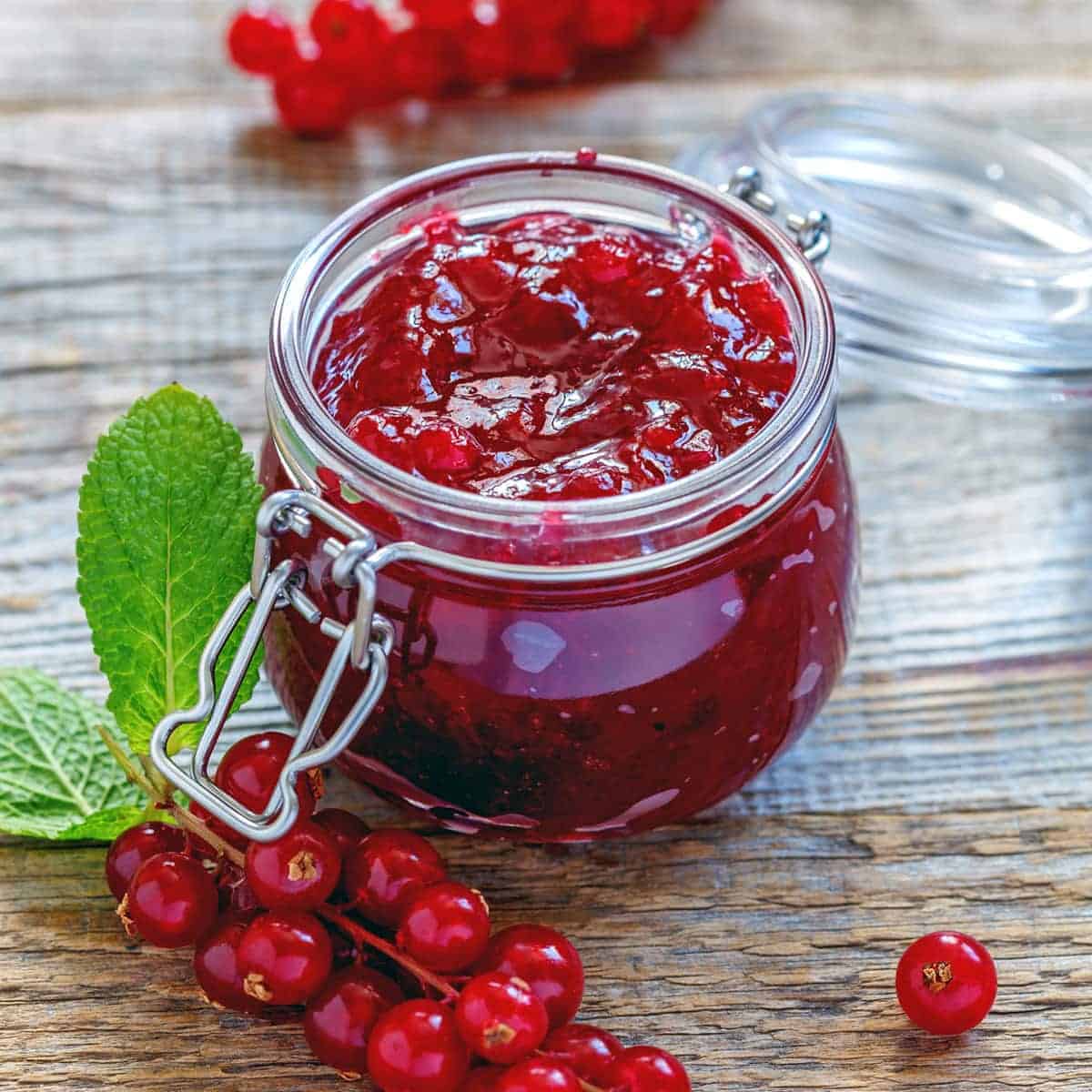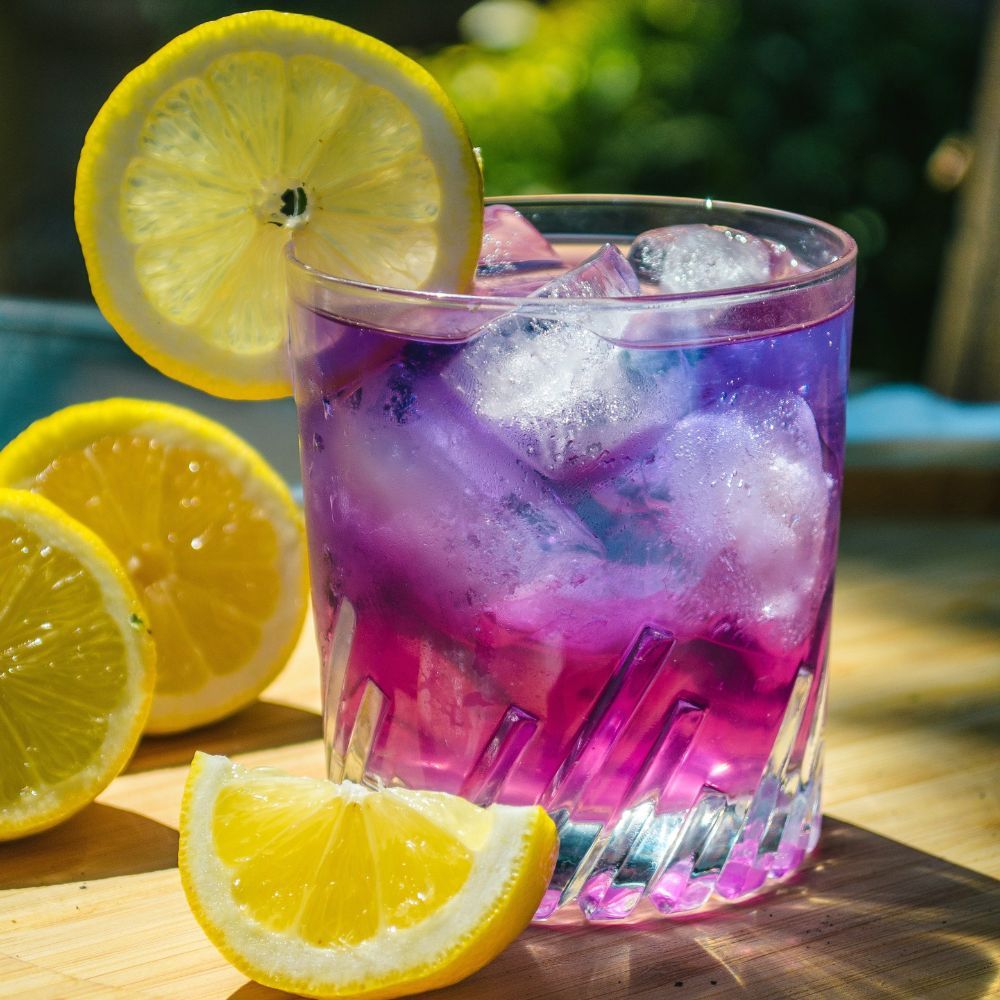Unlock Fresh Flavor: Energizing Currant Jam Recipes to Brighten Your Day

Let’s cut through the noise: you don’t need a copper jam pan, a sugar thermometer, or a PhD in kitchen chemistry to make currant jam that’ll knock your socks off. If you’ve ever felt paralyzed by scrolling through “expert” jam recipes—each with their own warnings, elaborate equipment lists, or intimidating jargon—take a breath. Currant jam is the preserve for people who crave results and flavor without fuss.

I still remember my first go at currant jam. It was early July, 2017—my neighbor had just handed me a colossal bowl of blackcurrants (“They’re too tart for me!” she confessed), so I set them on my tiny kitchen table, determined not to let them go to waste. I googled half a dozen recipes and nearly gave up: one called for muslin bags; another insisted on precise temperature readings; yet another wanted me to stand vigil over the pot with a digital timer. But here’s what actually happened:
- I rinsed the currants.
- Pulled off most of the stems (not all—I got bored).
- Poured in just enough sugar to make it taste bright but not mouth-puckering.
- Squeezed in lemon juice (because it sounded right).
- And cooked until it looked jammy.
The result? It tasted exactly like summer—a little wild, deeply tangy, and alive with flavor.
The No-Nonsense Currant Jam Blueprint
1. Prep Without Perfectionism
Give those currants a gentle rinse. Pluck off stems if you have patience; if not, leave the tiniest ones—they’ll disappear into the mix. Don’t sweat about every speck of leaf or stray blossom end; they won’t ruin anything.
2. Forget Ratios—Taste as You Go
Sure, most folks say “equal parts fruit and sugar.” But here’s the secret: you can fudge this! For every 4 cups of currants (about 1 quart), start with just under 3 cups of sugar if you love tartness—or bump up to 4 if you want classic sweetness. Add juice from half a lemon—no need to measure (unless you love precision).
3. Use What You Have
Your regular soup pot will work fine—currants don’t scorch easily thanks to their high water content and natural pectin (nature’s setting agent). Toss everything in at once; skip any fancy macerating steps unless you’re curious.
4. Stir Until Shiny
Medium heat does the trick. As soon as things get juicy and glossy (about 10 minutes), mash gently with whatever tool is handy—a potato masher, fork, even the back of a spoon works! No immersion blender needed unless you want super-smooth results.

5. Set-Test Made Stupid-Simple
Forget thermometers! Grab an old saucer from your cupboard and stick it in your freezer before starting. When your bubbling concoction looks thickish (usually after about 15–20 minutes), drop a blob on that cold plate; wait half a minute and nudge it with your finger:
- Wrinkle = ready
- Spreads like syrup = keep cooking
If it never wrinkles? Who cares—it makes phenomenal topping for yogurt or ice cream!
6. Jar Like You Mean It
Rinse out some glass jars—even mismatched ones work for fridge storage—and ladle in your hot jam. If you want shelf-stable jars for gifting or winter mornings: submerge them in boiling water for 10 minutes after filling and sealing tightly.
Real-Life Fixes & Flavor Experiments
Confession time: my first batch wasn’t perfect—I overcooked it slightly because I got distracted by birds outside my window (true story). The jam was firmer than ideal but made incredible thumbprint cookies! That “failure” gave me confidence: currant jam is forgiving.
Want to riff?
- Toss in orange zest during cooking—it adds sunny brightness.
- Mix red and black currants for more depth.
- Stir through a tablespoon of Chambord liqueur at the end for grown-up flair.
- Like less sweet stuff? Drop down to 2½ cups sugar per quart—but eat within two weeks or freeze jars since lower sugar means less preservation power.

Why Keep It Simple?
Experts sometimes forget what home cooks crave: flexibility, not rules! Jam making should feel joyful—a way to capture fleeting flavors without stress or spreadsheets.
Why bother measuring everything? Because every batch of fruit is different—taste changes by variety, ripeness, even weather patterns from year to year! Your tongue is smarter than any recipe when it comes to balance.
Don’t let perfectionism steal your thunder:
- A few seeds left? They add character!
- Not crystal-clear? Opaque jams taste just as good.
- Didn’t process jars? Fridge is fine—mine are always gone within two weeks anyway.
The Takeaway
Next time you see those jewel-like currants at market—or better yet, pluck them from your own bush—remember: all you really need is fruit, sugar, lemon juice…and trust in yourself.
Set aside an hour this weekend:
- Wash those berries.
- Toss them with sugar and lemon.
- Cook while singing along to your favorite playlist.
- Spoon into jars.
- Taste immediately on toast—you’ve earned it!
And if there are hiccups? Laugh about them over tea with friends as you serve up “accidental sauce.” Every jar tells its own story—and yours will taste like curiosity rewarded.
Jam-making doesn’t have to be complicated—it only has to be deliciously yours.



